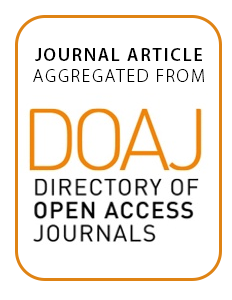Resource information
The urban sprawl that consumes land and don’t create urban quality is definitely one of the most serious crisis in the territory, historically became from the American model of the CBD (Central Business District) associated with dense and low-density suburbs boundless, achievable through the use of the car, which extended the size of the city - the shape and extension of American cities would be inconceivable without the car. A model that has spread to Europe after World War II, implemented in a very wide range, from the policy of the Grand ensembles in French to the several models of New Towns in Britain.
In Italy, municipalities and governments, from different scales, had to do a choice: let advancing evolution spontaneous, sometimes wild, of employment land or prevented a proliferation of the city and to plan the development. After the Second World War, urban development is under the control of the plans (Milan, Rome, Naples).
The '80s and '90s have seen the urban planning trend in the dispersion as urbanized countryside and urban sprawl. Even today we witness the phenomenon that the municipalities dramatically urbanized always new agricultural areas to cash related expenses of urbanization (which does not receive if re-building in existent areas).The demolition and rebuild seems less convenient to consume new agricultural land, hardly ever accepted the idea of reusing sites in favor of the environment and quality of life. The same policy of "smart-growth", in the '90s, are systems of rules designed to reduce suburban sprawl.
Yet the recovery of degraded areas to build dense and modern buildings seem the only option to go, but unfortunately is not convenient enough.
The densification can represent a policy to counter urban sprawl that consumes land and don't create urban quality and that is -no doubt-one of the most serious crisis in the territory. The return of the theme of the density to determine a control of building to ensure better standards of living and thinking on the techniques of urban densification as a tool to combat sprawl, which they form the ecological network, is the basis of new model of urban and social development that is characterizing the recent decisions of metropolitan cities as London or Berlin, but also of many American cities. Return to discuss densification demonstrates a phase of change in the process of urbanization based on the return of the attraction of major global cities, both for the concentration of economic activities that urban life with the intensity of relationships and cultural development. In this article, as well as exploring the concept of urban form dense and continuous, it also raises key issues such as the "city effect", you want through the exploration of the principles of the innovative practice of densification in areas of existing stations and Transit Oriented Development project (TOD), identify the principles behind this innovative practice.


